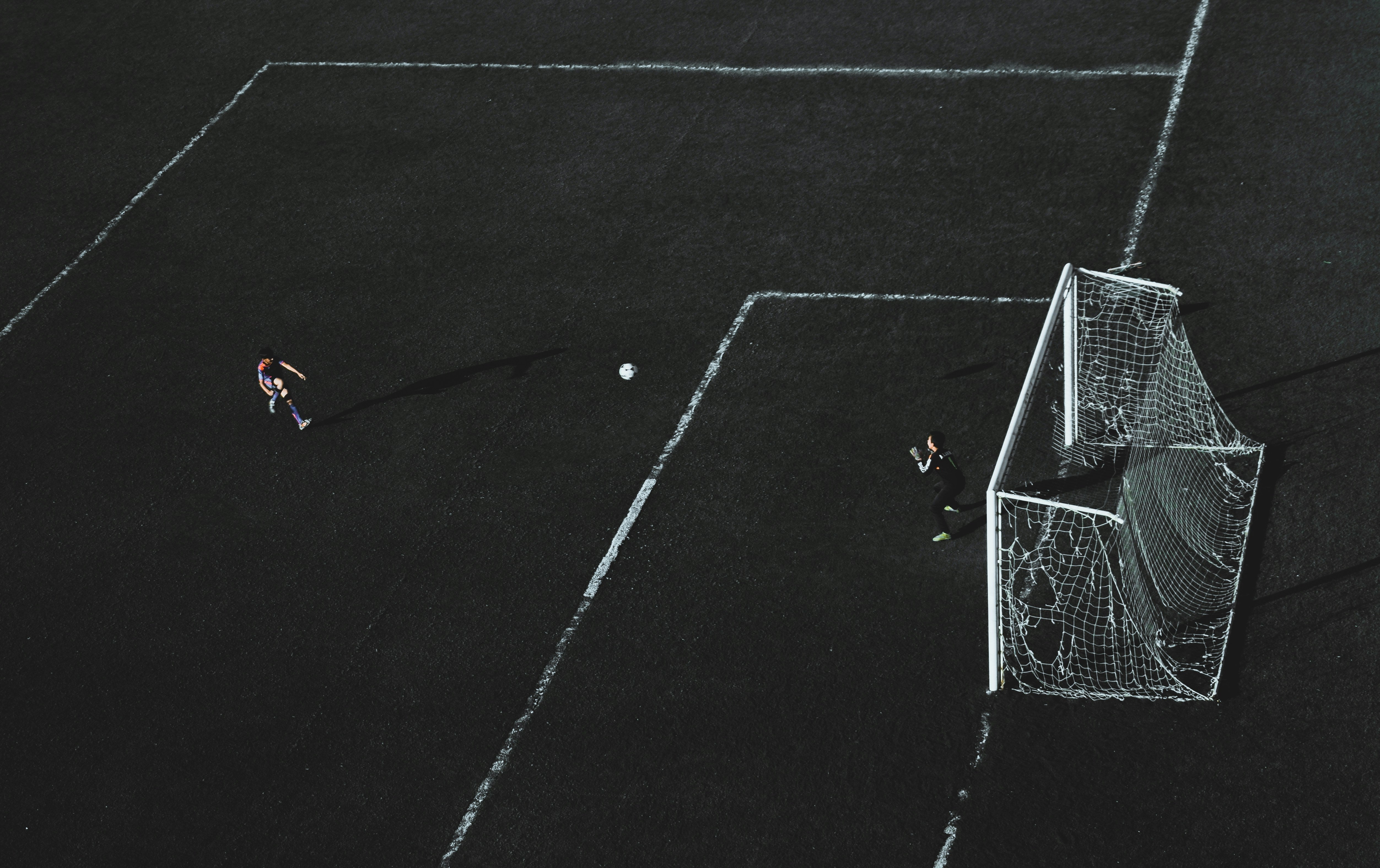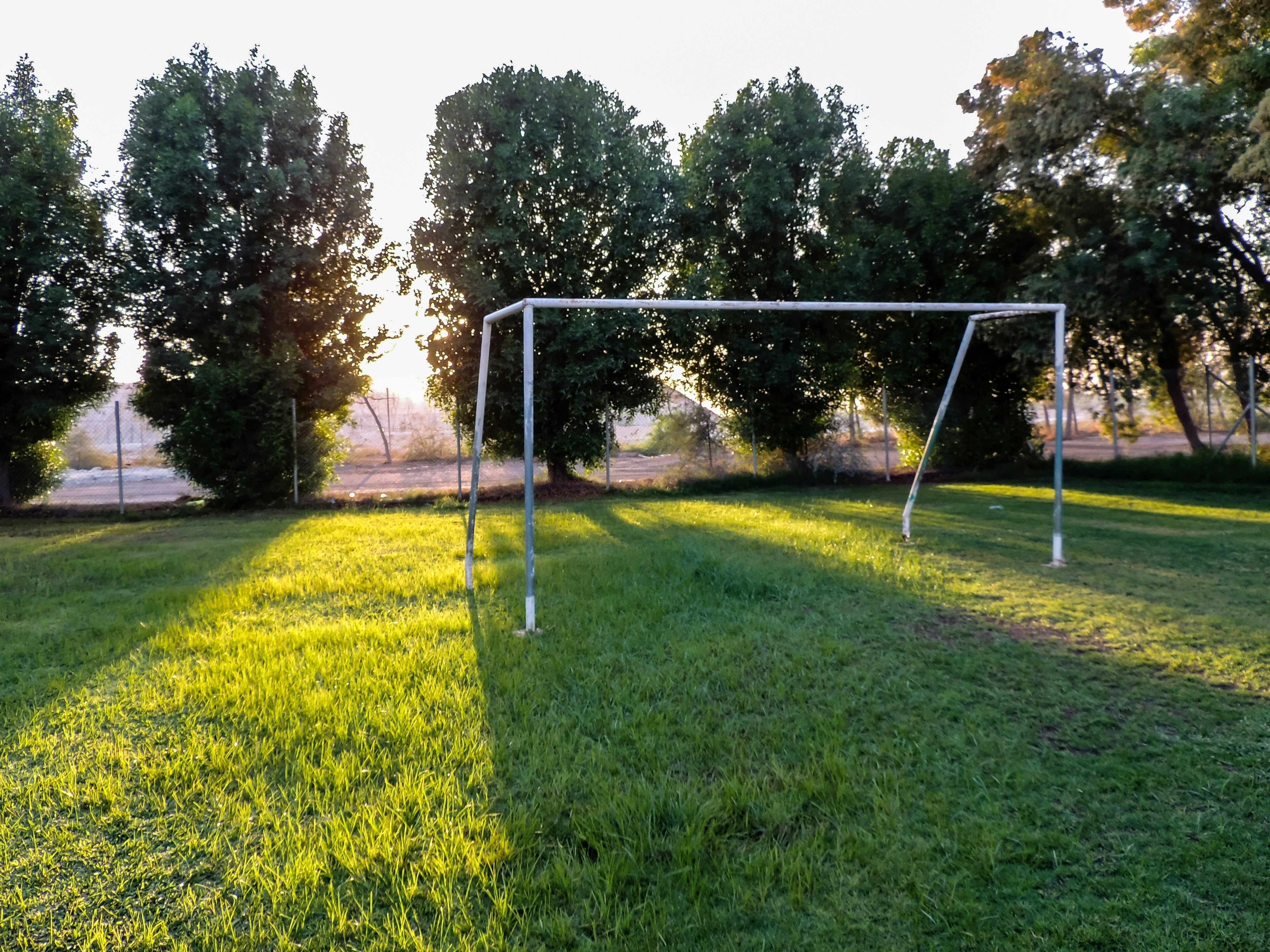
Understanding the Different Positions in Soccer: A Guide for Players and Fans
, by Adam Zawati, 2 min reading time

, by Adam Zawati, 2 min reading time
Are you a soccer player looking to understand your role on the field? Or are you a fan trying to get a better understanding of the sport? Either way, it's important to know the different positions in soccer and the responsibilities that come with each one. From the goalkeeper to the forwards, every position plays a vital role in a team's success. In this blog post, we'll break down the different positions in soccer and explain the responsibilities of each one, so you can get a better understanding of the beautiful game.
Soccer is a sport that requires a team to have players with a variety of skills, and each position on the field plays a specific role in contributing to the team's success. Here's a breakdown of the different positions in soccer and their responsibilities:
Goalkeeper: The goalkeeper is the only player on the field who is allowed to use their hands to handle the ball within their own penalty area. Their primary role is to prevent the opposing team from scoring by making saves and collecting the ball after a shot on goal. The goalkeeper is positioned in the center of the goal, at the back of the field.
Defenders: Defenders are responsible for protecting their own goal and preventing the opposing team from advancing down the field. There are typically two or three defenders on the field, and they are positioned in front of the goalkeeper. They may also be tasked with starting offensive plays by passing the ball to the midfielders.
Midfielders: Midfielders are responsible for both defending and attacking, and they play a crucial role in connecting the defense to the offense. There are typically three or four midfielders on the field, and they are positioned in the center of the field. Their main responsibilities include winning possession of the ball, distributing the ball to the forwards, and supporting the defense.
Forwards: Forwards are the primary goal-scoring threat for a team and are responsible for putting the ball in the back of the net. There are typically one or two forwards on the field, and they are positioned near the opponent's goal. They may also be responsible for creating scoring opportunities for their teammates by dribbling past defenders or making passes.
Wingers: Wingers are attacking players who are positioned on the sides of the field and are responsible for providing width to the team's attack. They are usually fast and skilled dribblers who can take on defenders and deliver crosses into the penalty area.
Each position in soccer requires a unique set of skills and plays a vital role in the team's success. From the goalkeeper's ability to make saves to the forwards' finishing prowess, every position is crucial in helping a team achieve victory on the field.


